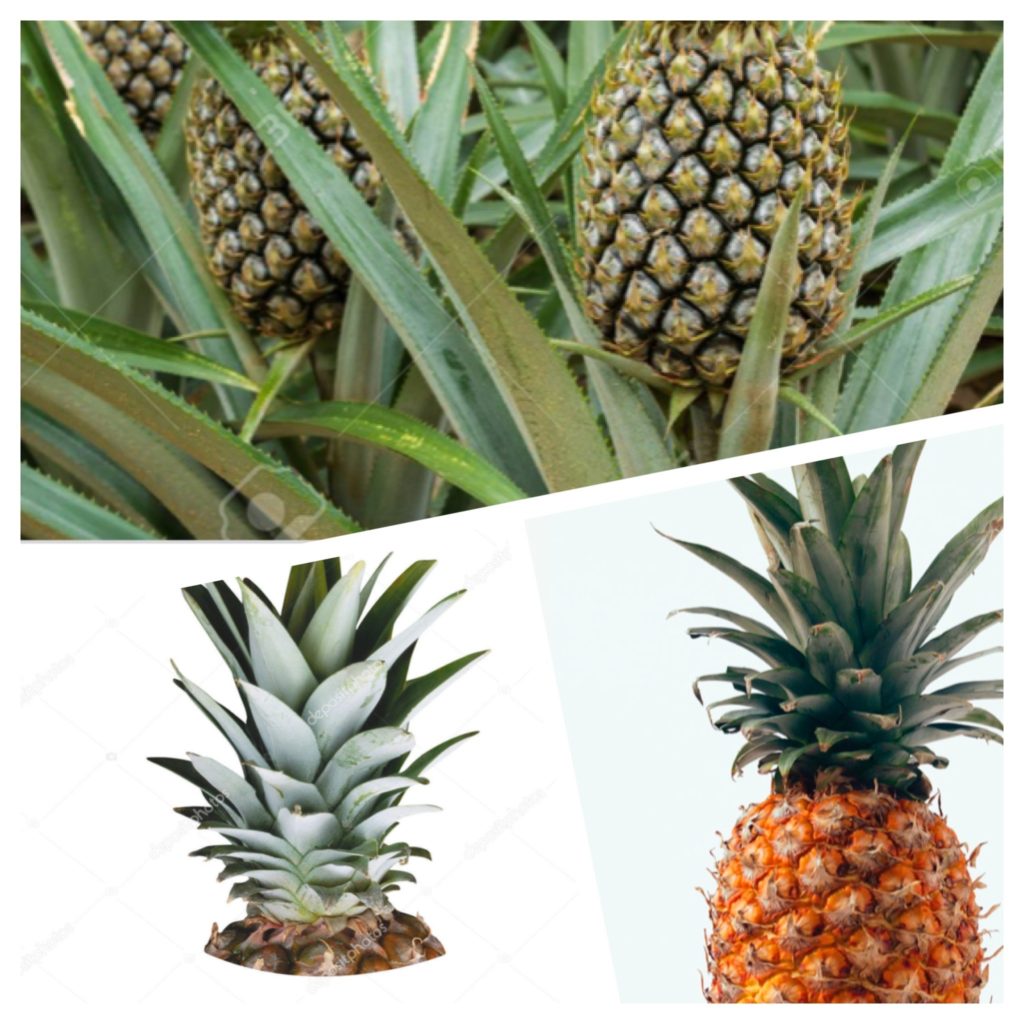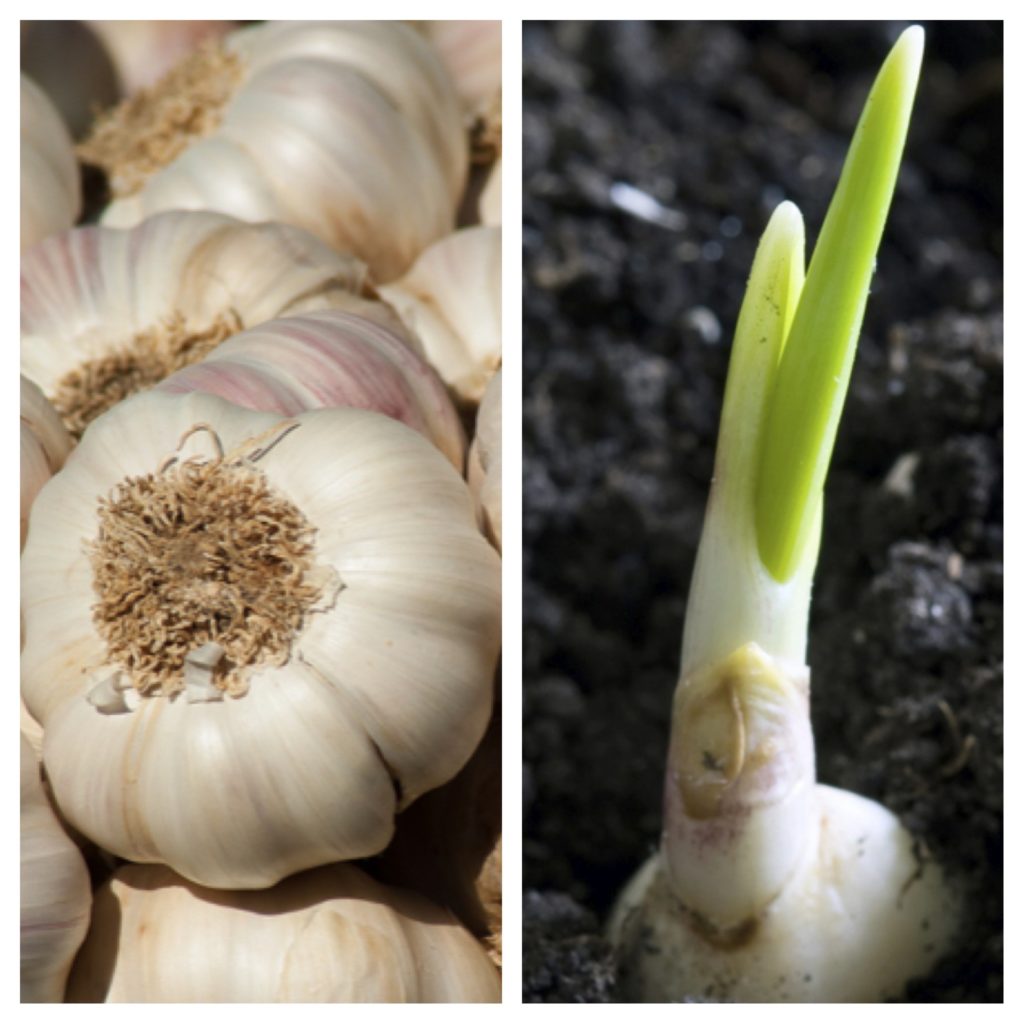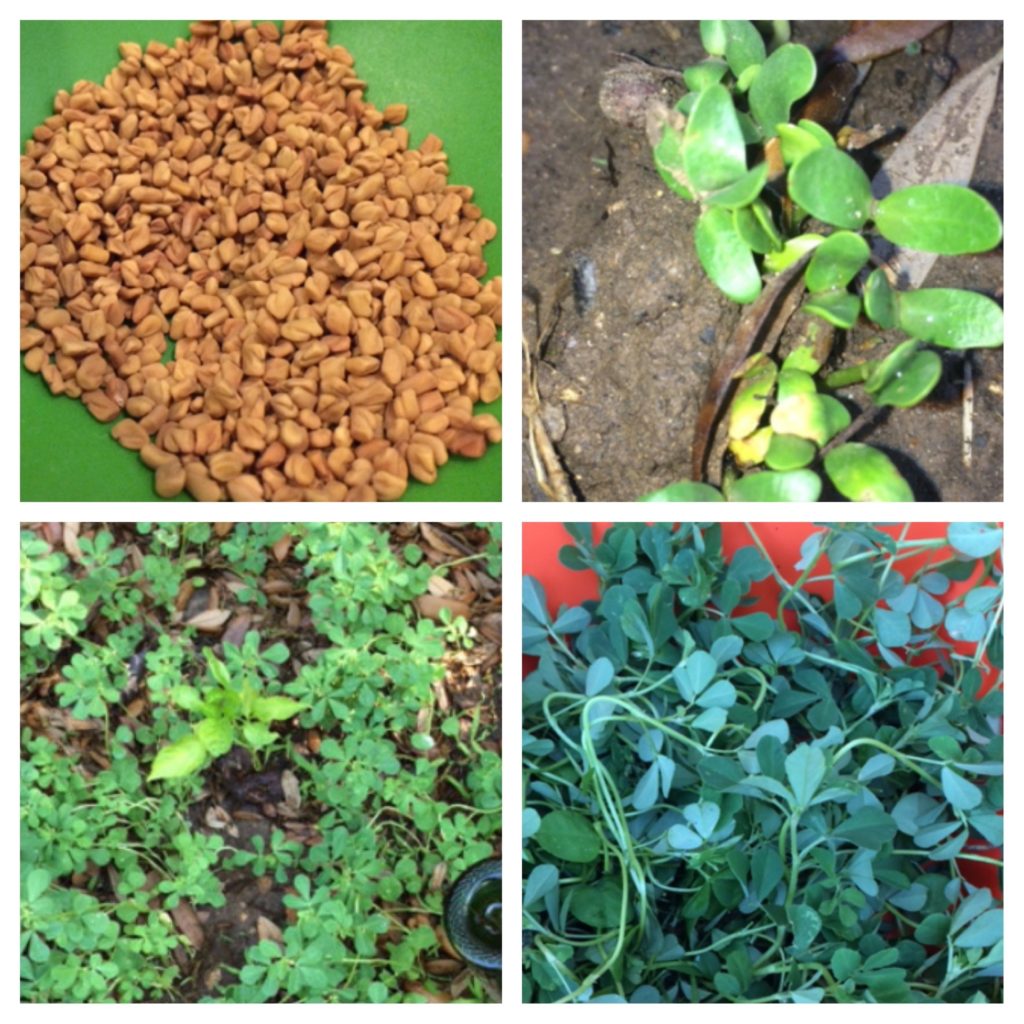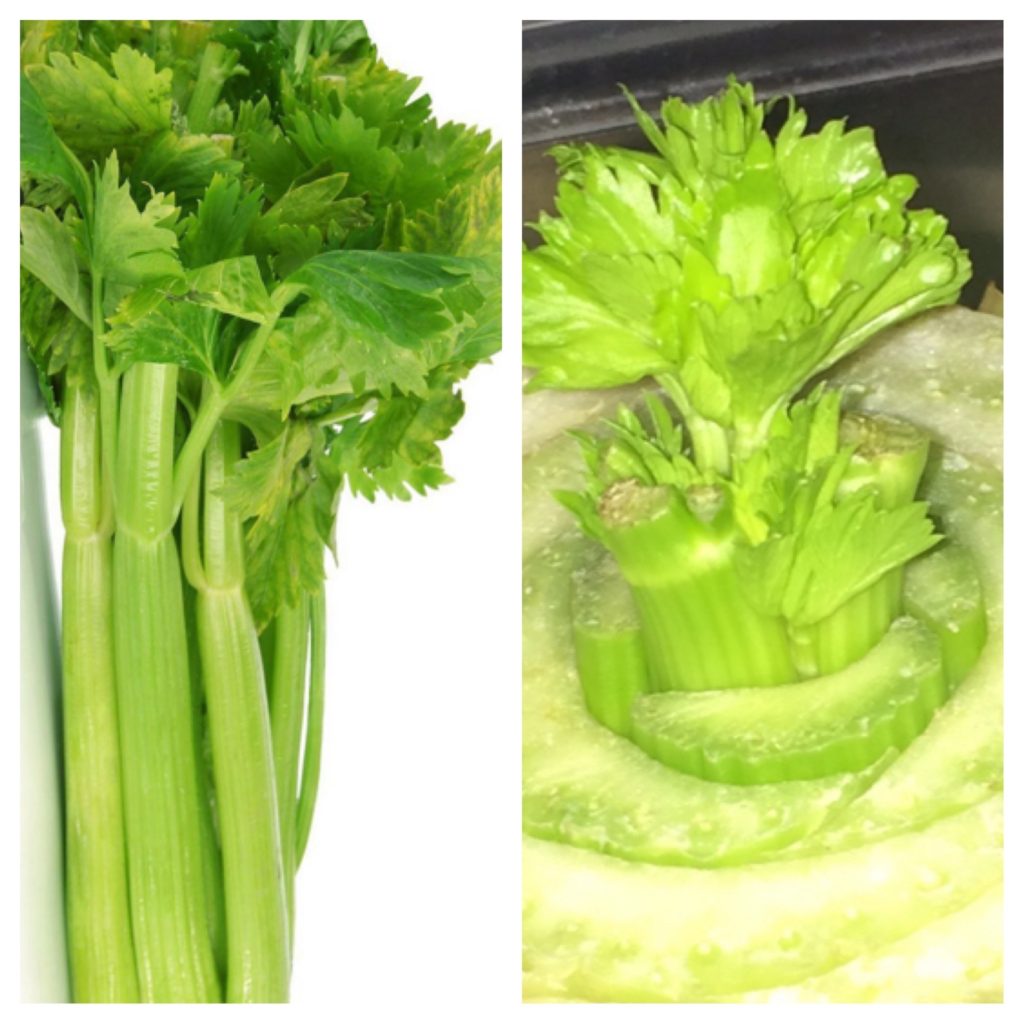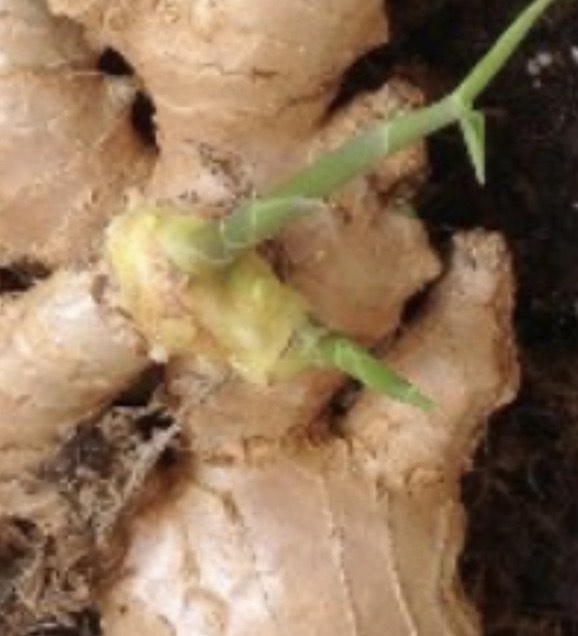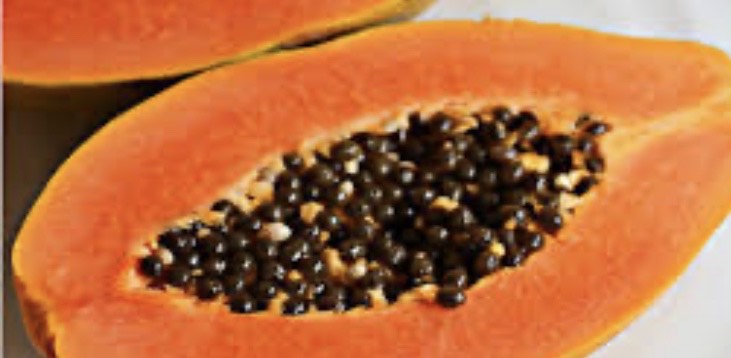Gardening is therapeutic, this is a fact all who garden know and realize. But if you are a newbie gardener growing an interest and enthusiasm towards gardening being stuck at home, sheltered-in-place, locked-down, social-distancing or quarantined in the times of corona virus, welcome to the garden.
Gardening lets you play in the soil, enjoy the sun, smell the flowers, hear the birds, feel the wind, plant the hope, relax the mind, nurture plants, take pleasure in the fruits of your labors, experience nature, feed the body and the soul…….
But why is gardening good for you?
When the world is unpredictable and traumatic with the invisible and dreadful corona virus looming on us, spreading across countries and continents causing deaths, harrowing health conditions and fear, we need to reduce this stress, tension and anxiety in alternate ways. Watching Netflix movies and shows, having culinary adventures, cooking up a storm, reading books and zoning oneself into another story or character are ways to relax. But it is said just stepping into the garden and being one with nature heals the spirits, calms your stress, and perks you up. And when you further get involved in nurturing and tending to a garden, water your plants, sow a seed, or a vegetable sapling or plant a fruit tree, you have a more positive mood and are hopeful for a better tomorrow.
How can my garden be sustainable?
The word sustain means support, nourish, nurture, and reinforce. Growing your own vegetables, fruits, flowers and herbs in your garden which sustains you and your family’s needs, while nourishing you physically and aesthetically is a good start to the process. Growing your own food, conserving resources are steps involved towards a sustainable lifestyle.
In your grocery trip, if you didn’t find certain herbs or tomatoes you need for cooking due to shortage and overstocking by others, how perfect would it be for it to be growing in your own backyard! But since magic beans exist only fictionally, you can’t reap the fruits of sowing your seeds overnight. If you start today, you will start reaping its fruits slowly and surely.
How to grow your own food?
Easiest way to start gardening is to start with seeds or saplings. Spring is the perfect time to start gardening but if the nurseries and garden centers are closed due to lock-downs, most grocery stores are open due to being essential businesses required to be open. They also sell seed packets and some also sell saplings. If you don’t find any seeds at stores or prefer not to step out of your home at all, check the resources at home. Yes, home;)
You can grow your own garden from Seeds and Scraps with resources from your own kitchen. Let’s see the resources available at home which will help you start a small garden. Almost all of these are personally tried and tested methods, so I can vouch for its success!

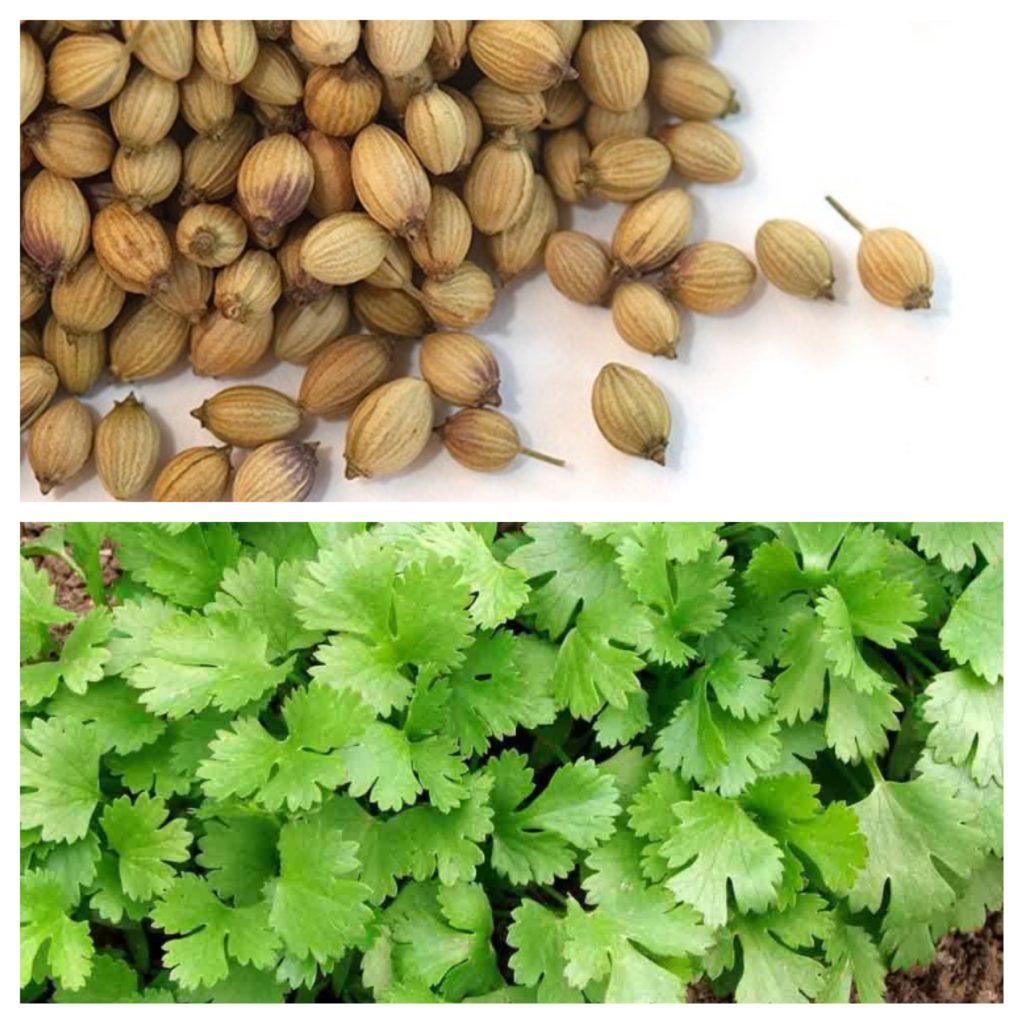
Processed with MOLDIV 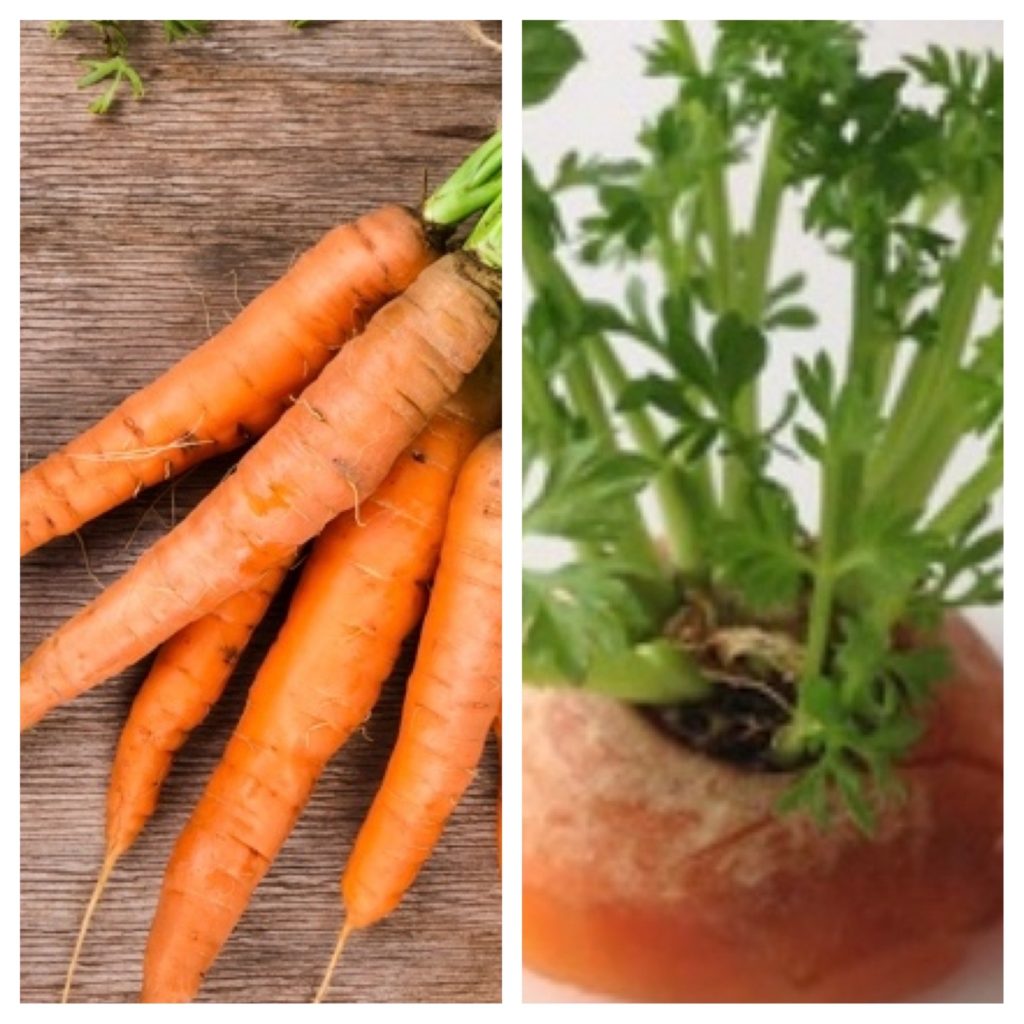
- If you have Mint twigs in your fridge, pinch out the leaves to use in cooking and take a pot of soil and go stick the twigs in it. You will have a Mint plant growing in your own backyard just in few days. Remember to plant it in a pot to contain it and not on ground, since Mint can take over and spread like wild all over your garden.
- If you keep Coriander seeds in your pantry to make your own freshly roasted Coriander spice powder for cooking, it’s time to make your own Cilantro plant or Coriander leaves. Lightly crush few seeds in your hands and drop it in pot of soil to grow your own plant of cilantro. Herbs like Cilantro, Thyme, Basil, Oregano, Parsley, Sage, can be left in a cup of water to grow roots to be planted as plants too.
- Cut the Carrot tops of your Carrots when cooking and set it in a shallow bowl of water till small shoots grow. Now take these shoots and plant them in soil. While you wait for the Carrots to grow before your pull them out of the soil, you can clip the shoots and use in soups and stocks.
- Next time you cut the Celery sticks to dip into Hummus or Ranch sauce, don’t throw the base away. Stick the base in a shallow bowl of water till it shoots and then transplant it in soil.
- Check the pantry for Fenugreek seeds, if found, soak in water overnight and then plant these seeds in soil for Fenugreek leaves, which are a great addition to cook with meat, Potatoes, lentils, Spinach and other recipes.
- If you have Cabbage head or Lettuce heads in your fridge, after you make your salad, put the head in a shallow bowl of water till it shoots some roots and then transplant it to soil.
- A Pineapple head or top can be planted in soil to grow your own pineapple plant. The growth rate for fruiting may be slow but yes it can grow into a pretty plant from the scrap you were throwing away!
- If you have Potatoes growing shoots from its eyes sitting in the pantry, plant then in soil to grow Potato plants. You also can sow peels with eyes to grow plants.
- If you plant just a Garlic clove not the whole bulb with the root facing down in a pot of soil you can grow a garlic plant. You can just enjoy some Garlic greens in cooking or when you cut out the shoots the plant will start to grow a Garlic bulb.
- You can grow a Ginger plant by planting a piece of Ginger root in the soil with the buds facing up. When the plant grows you can pull out the Ginger from soil and take out the roots for use and plant a small part of the rhizome to regrow another plant.
- The Turmeric root is similar to Ginger root and a plant can grow from it by planting a piece of Turmeric root. When the plant grows you can pull out the roots and take out the fresh Turmeric for use and plant a small part of the rhizome to regrow another plant.
- If you have Green Onions in the refrigerator, after you cut off the greens for adding to your bowl of noodles, plant the white base with its roots in soil for growing your own green onions.
- Grow your own Pepper plants though multiple resources. When you cut your jalapenos, or Thai chili peppers or Serrano’s or Habaneros or Bell Peppers to cook, set the seeds aside on a paper towel to dry and then plant to grow your own plants. If you have dry Red Peppers in your pantry to use in seasoning, snap it open to take out seeds and plant in soil to grow your pepper plant.
- If you have Fennel, Leeks or Bok choy in your refrigerator, after you use for cooking, don’t throw away the bases. Keep them in a shallow bowl of water till they shoot roots and then plant in soil.
- You can even grow Tomato plants by simply meticulously setting the seeds aside when you cut Tomatoes for cooking. Rinse the seeds and set to dry and place in potting soil for it to shoot plants.
- You can have an Avocado plant growing in your own backyard after enjoying a bowl of Guacamole and chips. Suspend the seed with tooth picks and let the bottom part of the seed sit in a cup of water. When the stem and roots appear, plant it in soil. I have been lucky to have avocado plants growing from the pits thrown in my compost without this effort too;)
- Plants like Radishes, Turnips, Beets can be grown by cutting the tops of these vegetables and setting in a shallow bowl of water. When green shoots appear to these, plant them in soil.
- Fruits like Papaya are very easy to grow. Next time you cut a Papaya, scoop the seeds on a paper towel and let dry. Now plant these seeds in soil to let grow your own Papaya plants. The growth rate of Papaya is way faster than the other fruit trees and the success rate is high.
- You can scoop out seeds from an Acorn Squash or Butternut Squash, Pumpkin and similar vegetables and set aside to dry and plant to grow plants.
- You can also grow trees from Lemon seeds, Orange seeds, Cherry pits, Date pits, Peach pits, pits of Nectarines, Mango pits, Apple seeds and many more fruits, but you need patience since the fruit trees take a long time to grow and yield fruit.
Start composting towards sustainable garden : Another sustainable garden practice is making your own compost from the kitchen scraps and green waste. Keep a small bin, bowl, or an old coffee canister to collect kitchen craps like onion skins, egg shells, banana peels, potato peels, coffee grinds and tea bags and add to your compost bin. You can also add dried leaves, dead flowers, and if you mow your own yard, even grass clippings to the compost. If you don’t have a compost bin, make a makeshift DIY compost hole in the corner of your garden, and get your own nutrient, rich sustainable self-fertilized compost for your garden.
http://hotsweetspicyrecipes.com/small-steps-of-being-green-composting-recycling/
Lastly some advice to all the non-gardening types who feel you do not have a green thumb and do not want to do any planting. Please at least try to be one with nature. Step out in the garden, enjoy the greenery, pull out some weeds and water your plants and grass, you will be one step closer and already will feel the therapeutic benefits of gardening.
To plant a garden is to believe in tomorrow…..
Other Resources from Home for Gardening process:
-Plant markers cut out from Yogurt containers:
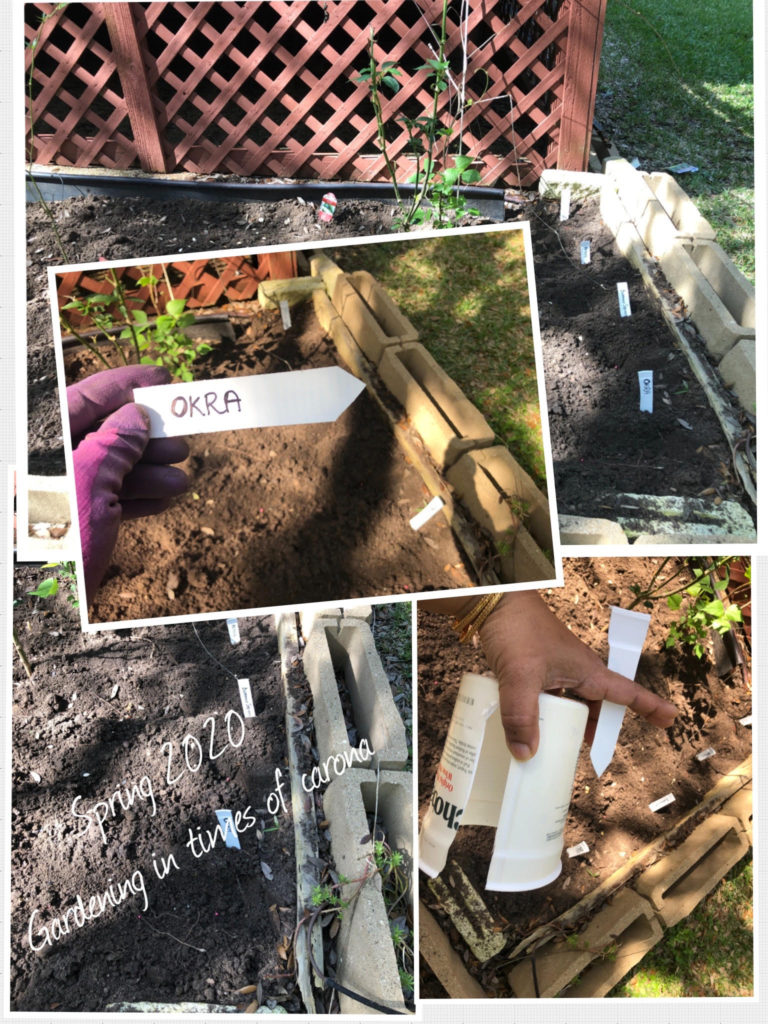
-Organic pesticide : Dish washing Soap and water is an organic pesticide for bugs and ants in your garden.
Resources to help get started with Gardening:





